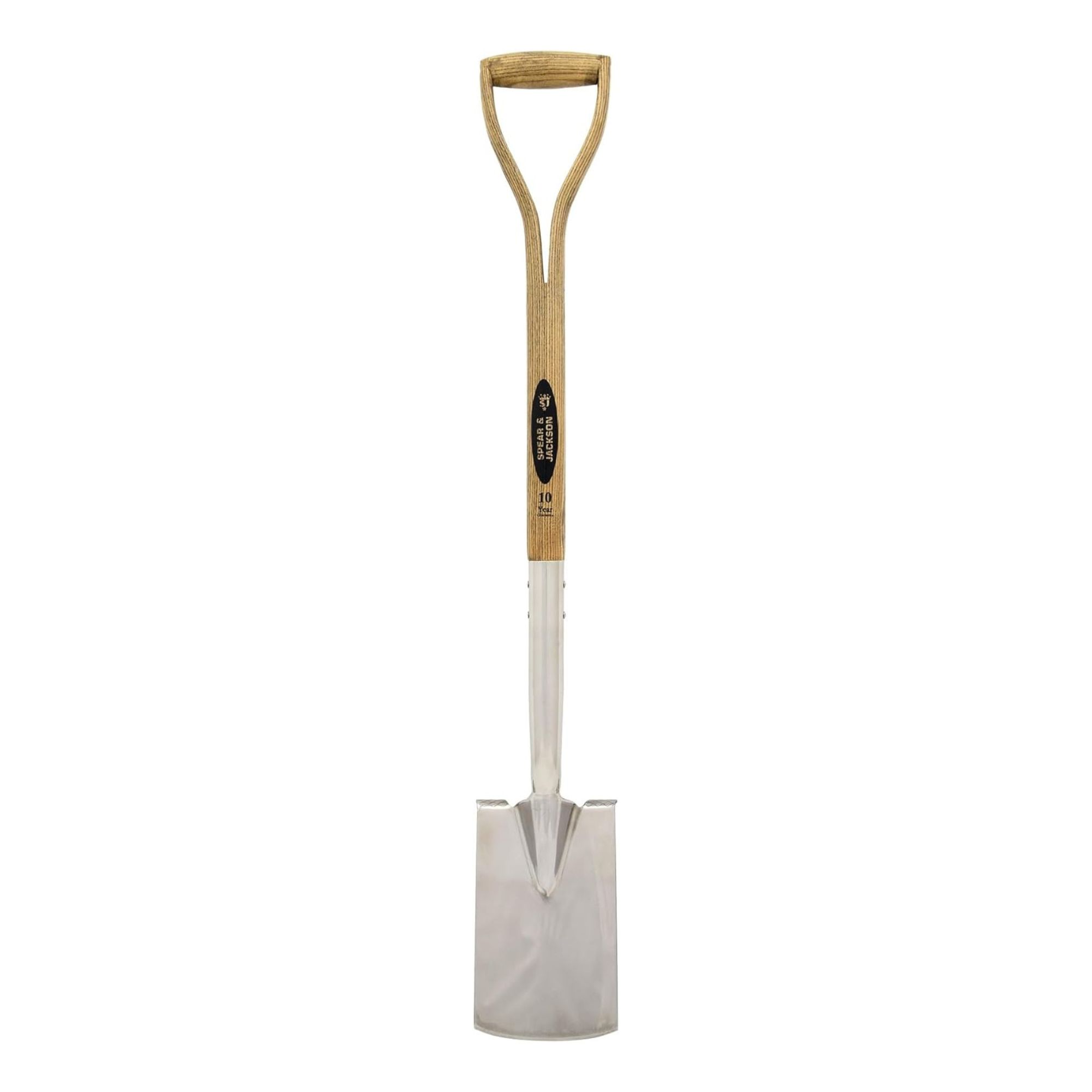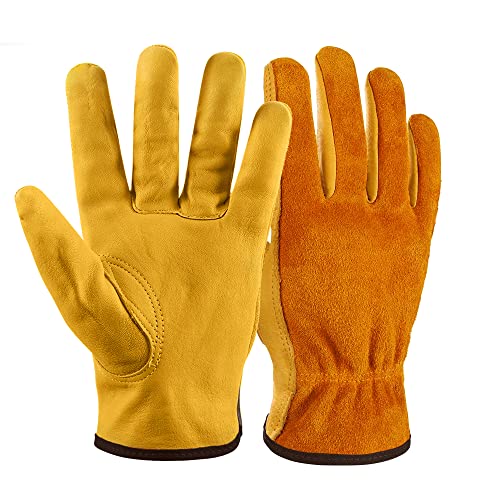How to get rid of brambles - a step-by-step guide to banish these prickly bushes once and for all
It's all about the roots, say experts
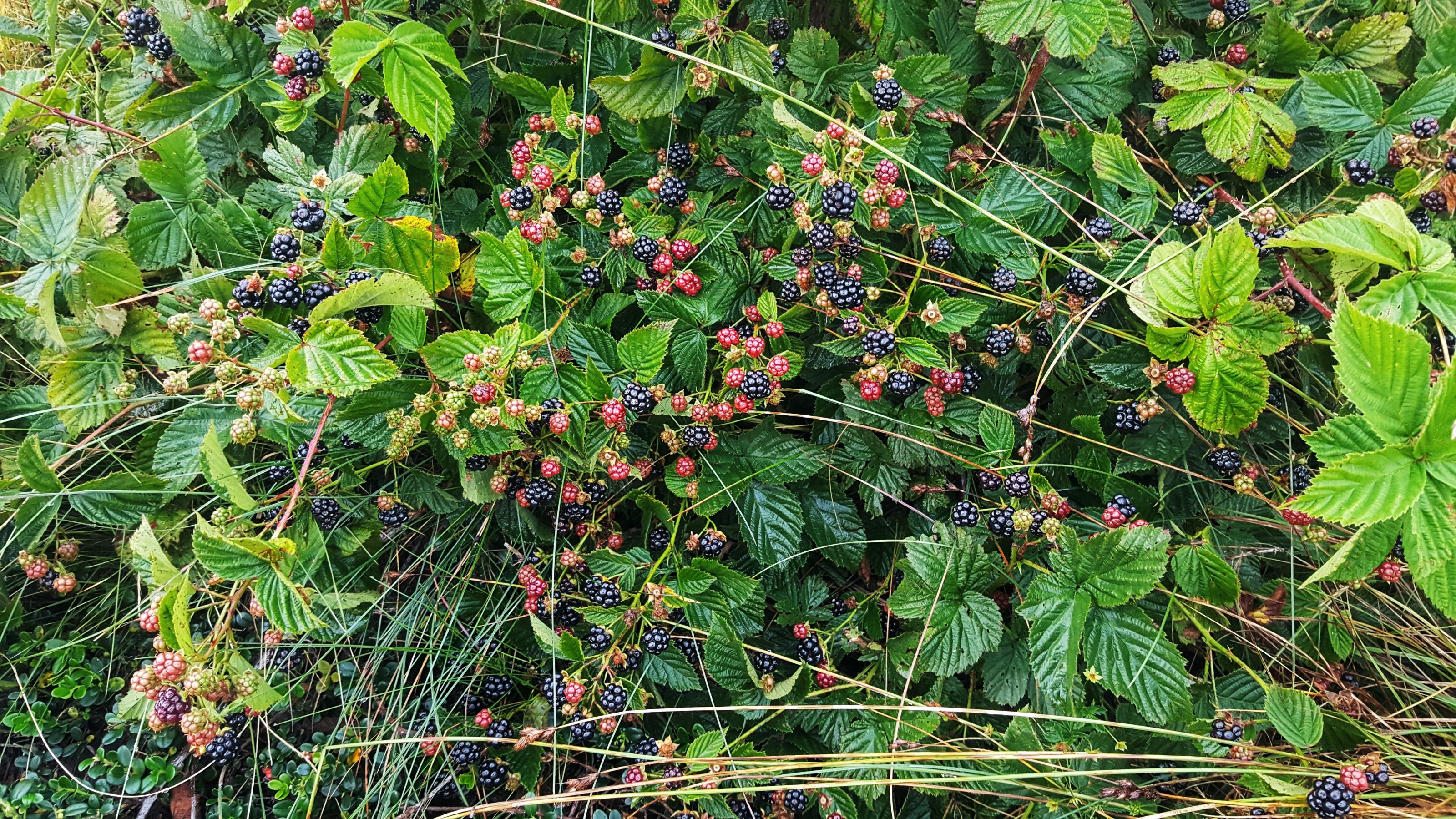

On the one hand, many bramble varieties (from the Rubus genus) offer delicious fruits such as blackberries, raspberries, and even dewberries. But on the other hand, brambles are invasive, prickly, and downright ugly. So, we wouldn’t blame you if you wanted to know how to get rid of brambles.
Whatever your garden idea, you should always keep on top of the plants that can ruin your outdoor space and lead to an overgrown garden. And while brambles can be a wonderful addition to your garden, more often than not, they become a tangled mess of thorns that can pose a threat to young children and smother other plants in your garden borders.
Getting rid of brambles isn’t as easy as it seems, though, and these invasive and fast-growing shrubs won’t leave without a fight. That’s why we’ve reached out to garden experts to provide a step-by-step guide to get rid of brambles… and keep them out for good.
What you’ll need

This product topped our charts to become the 'Best overall cordless strimmer', perfect to help you get rid of brambles and complete any other garden task with ease.
Step-by-step
1. Choose your method
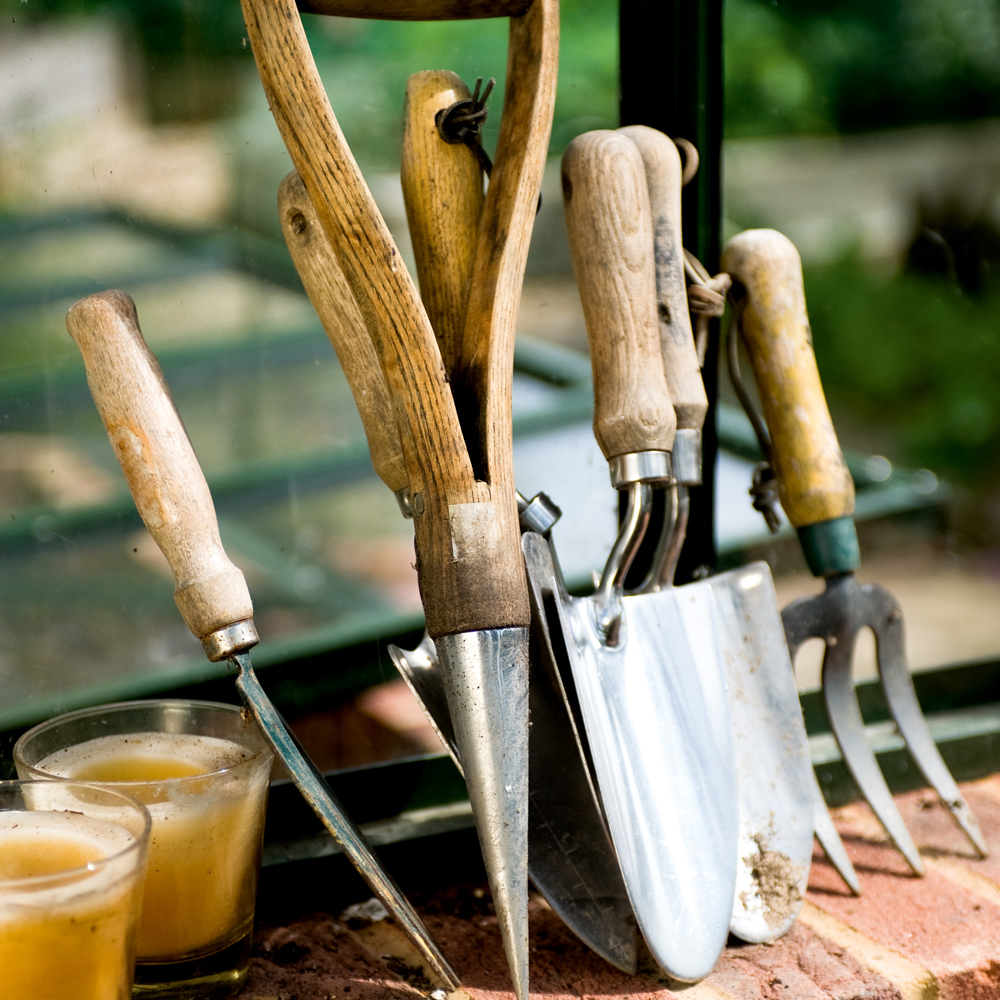
To successfully get rid of brambles, you need to make a decision: Will you go down the chemical route or the natural route? However, in some cases, the decision may have to be made for you.
Tony Williams, Estates Manager at Mount Ephraim Gardens, explains, ‘The most effective approach to removing brambles is to dig them up by hand. But for very established brambles, weedkiller may be necessary. The most effective weedkillers for brambles are systemic ones containing glyphosate.’
If you use a weedkiller for brambles, it’s best to use one specifically for woody plants - such as the Vitax SBK 1L Brushwood Killer Tough Weedkiller from Amazon. Beware of using products like this, though, as it can harm the animals and wildlife around you.
‘You should be really careful when using herbicide, as it can damage the environment and spread to other plants,’ warns John Clifford, a garden expert from Gardenstone. ‘To avoid it spreading, you should only apply the herbicide on a calm, dry day. If it rains and the herbicide runs off, it's likely going to spread.’
Sign up to our newsletter for style and decor inspiration, house makeovers, project advice and more.
As we prefer the natural alternatives at Ideal Home, we’re going to focus on the chemical-free method below. If you choose to use the chemical method, however, all you have to do is use your chosen bramble weed killer before following the rest of these steps a few days later.
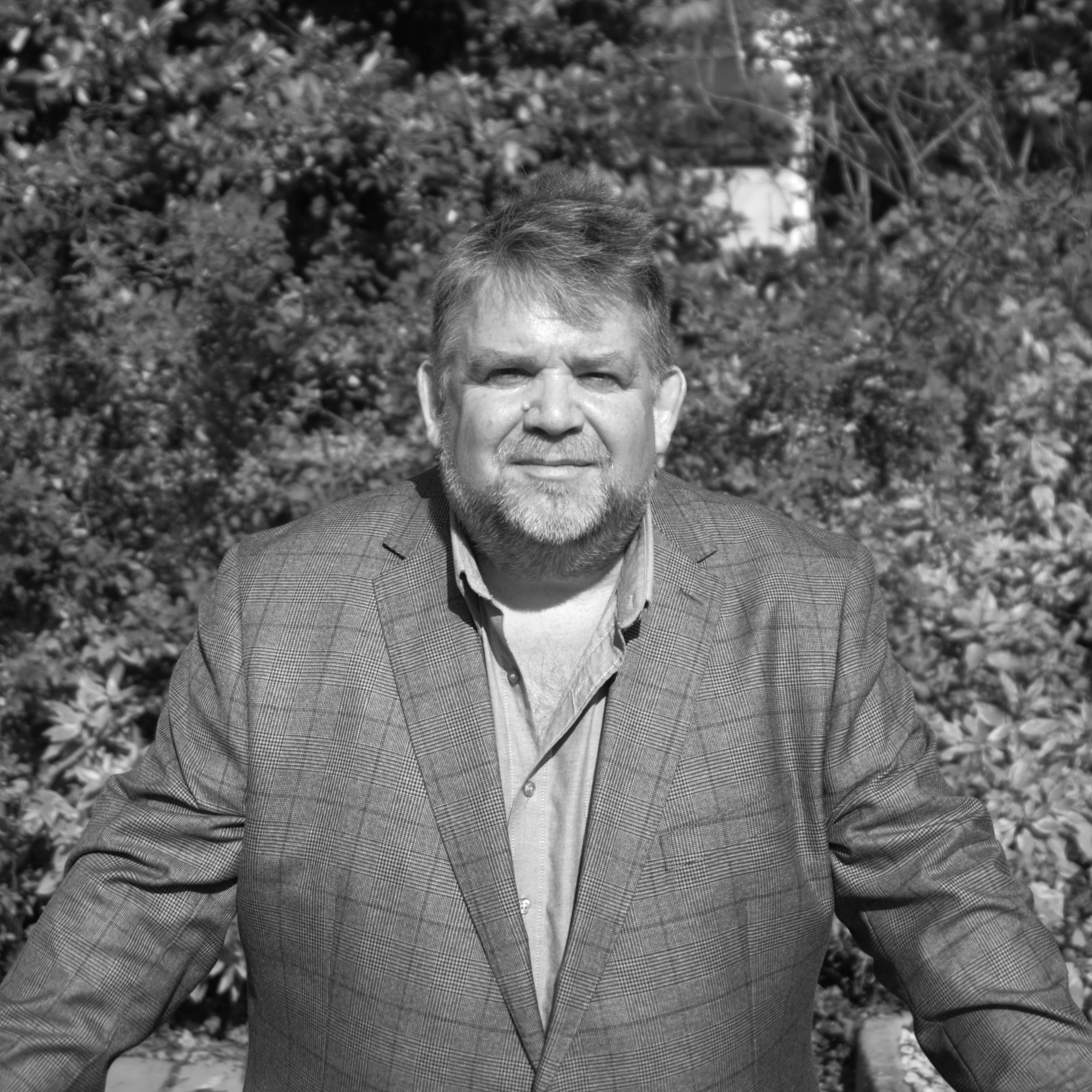
John Clifford is a director of Gardenstone, a leading garden landscaping retailer based in the UK. With over 30 years in the gardening industry and continual work alongside The National Trust, John has amassed an extensive range of gardening and planting knowledge. Alongside his younger son, John has built a strong reputation for Gardenstone as a trusted source for both high-quality garden products and expert gardening advice.
2. Cut back long stems
Although we already know that pulling brambles up is the best way to get rid of them, these shrubs can quickly grow out of control, and their spiky stems can cross over and create impenetrable barriers.
Because of this, you first need to cut back long stems. Ted Bromley-Hall, of landscaping materials manufacturer IBRAN, says, ‘One of the first steps to clearing brambles is to cut down what is visible above ground, leaving identifiable inch-long stumps. Using a bladed strimmer helps quickly tackle even the woodiest growth.’
Of course, you could also get stuck in and use your hands to do this instead. But to avoid injury, Tony urges, ‘Make sure to wear heavy-duty gloves to protect your hands from thorns.’

Tony is a keen and experienced gardener who has worked in horticulture across a variety of sites, including Canterbury Cathedral. He is extremely interested in sustainable gardening and strives to avoid polluting chemicals in fertiliser and pest control. He is dedicated to preserving natural resources and reducing water waste wherever possible.
3. Dispose of the stems immediately

At this point, your brambles should be looking a little tidier - but the job isn’t done yet. Before moving on to the next step and pulling them up completely, you should dispose of the stems you cut back.
This is an essential task, especially if you want to keep the brambles at bay. This is echoed by Tony, who says, ‘Do not put bramble roots or stems on a home compost heap, as they may root and re-grow. Stems can be broken down and used as mulch, or send them to your local council green waste facility.’
4. Dig up the roots
Despite offering delicious fruits and beautiful flowers every so often, brambles are a nuisance, with many species classed as invasive.
Ted says, ‘The battle you face when tackling brambles using the organic method is to avoid leaving too much of the root intact and in the ground. As brambles can quickly spring up from missed sections of roots, it's important to dig it out completely.’
Thankfully, this is where cutting the longer stems down to one-inch pieces will help you, as you can easily use these smaller stems to aid the removal and spot where the root ball will be.
‘Then, all you have to do is grab a good, long-handled garden fork and thoroughly dig out the roots,’ adds Ted.
5. Take steps to prevent further growth
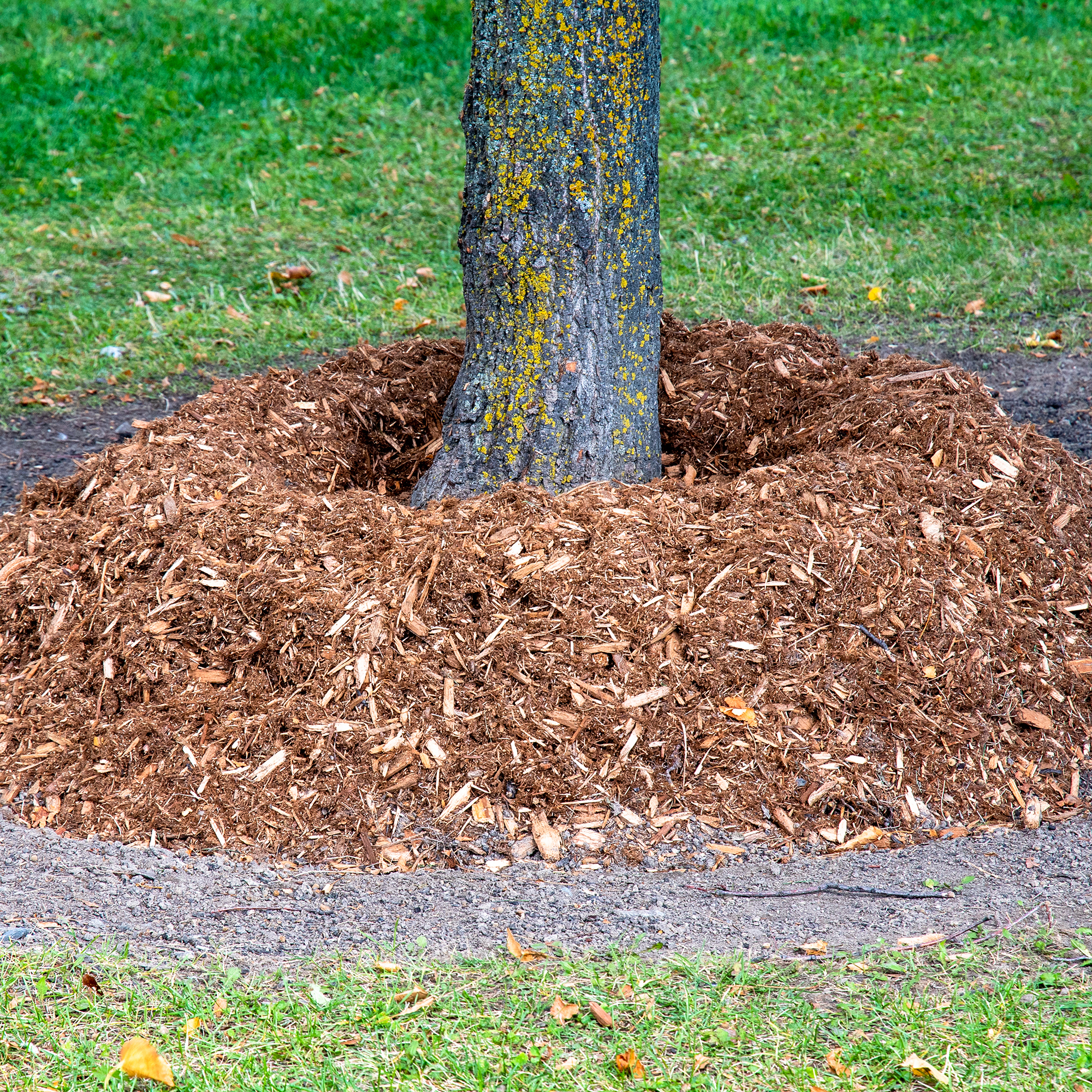
Even if you think you’ve pulled out of the roots, there’s still always a chance that the brambles will come back. Thankfully, there are a few ways to prevent further growth:
- Use mulch: Mulching has so many benefits, and preventing bramble growth is one of them. Tony says, ‘Mulch new beds thickly with organic material (e.g., compost) to prevent bramble seedlings from taking root. The loose texture of the mulch also makes any young weed seedlings easy to pull up.’
- Remove shoots manually: Yes, manually removing any young seedlings or shoots is also a great idea - especially if you’ve recently got rid of brambles in your garden. John urges, ‘Regularly check your garden for new bramble shoots. You need to remove them as soon as you notice them, even if they're only very small, as they can quickly take over.’
- Use a weed membrane: If you’re looking to use the newly bramble-free space to grow other plants or crops, you may have to take extra measures to prevent re-growth. Ted suggests, ‘For a more long-term, weed-free solution, you might want to consider a weed control membrane which excludes light from young plants before they can provide sugars to the roots.’ Something like this Homesecret Heavy Duty Weed Membrane from Amazon should do the trick.
FAQs
Will boiling water kill brambles?
Although boiling water will kill some of the visible stems of brambles, it won’t kill the plant as a whole. Brambles are extremely hardy and the stems are incredibly thick and woody, making it hard to kill.
To successfully get rid of brambles, you need to cut it back and then remove the whole root ball from the ground. And while boiling water can help to kill the above-ground stems, you’ll still need to dig it up and get rid of the underground root system to get rid of it completely.
Does bleach kill bramble?
In theory, yes. If you pour bleach over your brambles, there’s a high chance that it will kill the above-ground stems and maybe even kill some of the roots below ground. However, we’d never suggest using bleach in the garden.
Bleach can prove fatal to the wildlife and other plants in your garden, and you run the risk of killing your lawn or beloved flowers in the process. Alongside this, the bleach may not kill all of the roots beneath the surface.
If even the smallest root is left alive, the plant can re-sprout once again. So, while bleach may be able to kill bramble, it might not kill it completely, and you’ll be back at square one in no time.
So, there you have it. That’s how you get rid of brambles!

Lauren Bradbury has been the Content Editor for the House Manual section since January 2025 but worked with the team as a freelancer for a year and a half before that. She graduated with a Bachelor’s degree in English and Creative Writing from the University of Chichester in 2016. Then, she dipped her toe into the world of content writing, primarily focusing on home content. After years of agency work, she decided to take the plunge and become a full-time freelancer for online publications, including Real Homes and Ideal Home, before taking on this permanent role. Now, she spends her days searching for the best decluttering and cleaning hacks and creating handy how-to guides for homeowners and renters alike, as well as testing vacuums as part of her role as the Ideal Home Certified Expert in Training on Vacuums, having spent over 110 hours testing different vacuum models to date!
